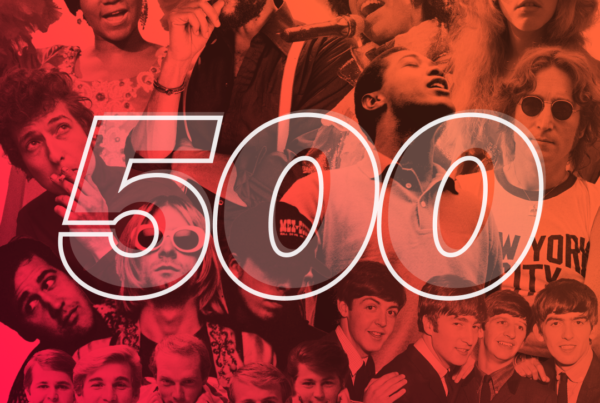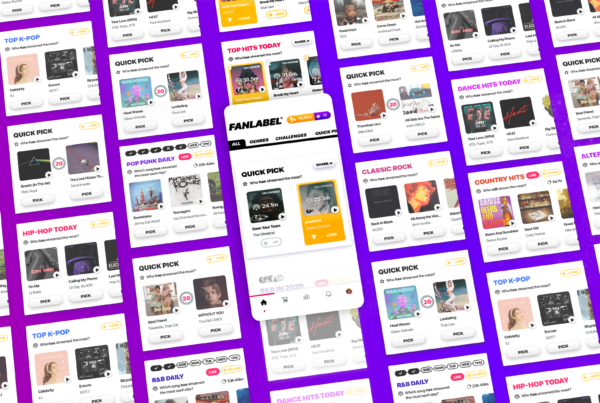We’re in a music explosion – in both breaking genre barriers and the amount of music being released. Today’s music technology is allowing for a new generation of music makers to create and release their music with more ease. There are a few factors allowing this new group of musicians to establish a foothold in the industry; specifically social media, music distribution services such as DistroKid, CD Baby, and TuneCore, and innovations in music production and mastering.
Social Media – Game Changer
In the past few years, we’ve seen a rise in social media use for people of all ages. Nearly two-thirds of U.S. adults are Facebook users, three-quarters of U.S. adults use YouTube, 71 percent of 18 to 24-year-olds use Instagram, and 45 percent of people in that age group use Twitter. For years, artists have been sharing their remixes, covers, and original songs through these social platforms. Alessia Cara found fame after she was discovered on YouTube with her cover of The Neighbourhood’s “Sweater Weather.” Shawn Mendes was discovered on Vine, as one of the old platform’s most followed musicians. Social media use for artists is a total game changer, and will often make or break an artist’s music career.
Yes, these channels prove as a great means of discovery by music companies, but they also allow artists to take on the role of gaining their own exposure — playing the label role for themselves as independent artists. The ease of running ads on social media also plays a big role in artists getting their music to the ears of listeners. They can simply put together a post, input their target audience’s interests, narrow down geographically where they want their ad to run, and pick their own run times and budget. Given how many rely on their smartphones nowadays, artists can push their music to potential listeners anywhere, anytime. Social media is not only a great tool that artists are using to grow their careers, but it is very much necessary to have a presence on in today’s music climate.
Music Distribution Services – No Label Needed
It used to be that you’d have to get signed to get your music out there. But today, music distribution services such as DistroKid, CD Baby, and TuneCore have allowed artists to easily distribute their music without that hurdle. On these sites, artists upload their finished tracks, information, and cover artwork to be approved. Once approval goes through, the works are distributed to sites such as Spotify, Apple Music, iTunes, Pandora, and many others. A variety of single and album-based plans are available, usually starting at around $15.
In recent news however, distribution services such as Amuse, and now Spotify for Artists, are allowing musicians to get their music to these sites for free. Amuse advertises its free services along with the fact that artists get 100 percent of royalties. Amuse also may pick out specific artists that are growing, offering a 50/50 deal with them in exchange for marketing, financing, promotion, and playlist pitching. Spotify for Artists allows users to link their personal Spotify profiles with an artist profile. This allows them to make direct edits to the profile, and now also with the ability to upload their music straight through the website.
These services are a huge change, taking out the third-party cost of distributing music. Because independent artists in most cases don’t have the same budgets as signed artists, these new innovations allow for an even cheaper means of starting to get one’s music out there, as well as obtaining higher royalties.
Production/Mastering Innovations –
You know those awesome beat tracks you hear in songs today? Music production software is the band member you haven’t heard of. The availability of software has allowed artists to drop amazing beats into their songs in an unprecedented way. For example, Logic Pro X has a “Drummer” feature, allowing users to select from a variety of drum kits. Using a sliding dot on a graph with “Soft/Loud” and “Simple/Complex” variables, the software automatically generates a beat using the selected drum kit, while also keeping the level of each variable in mind. The softwares also have greater selections of sounds to choose from than ever before. Though many of these sounds require a purchase, they’re still far cheaper than purchasing a physical instrument. These tools bring music makers a very accessible means of translating their artistic vision to an actual audio track. A lot of artists and producers can’t read music. It isn’t necessarily a bad thing – for many musicians, it’s just no longer a requirement to produce a great song.
A variety of sites, such as Aria and eMastered, allow artists to upload their completed tracks and have it mastered instantly through automated processes, averaging out to about $20 per track. It doesn’t match the quality of hiring an engineer to handle a project, meaning not every track is going to come out sounding like Fleetwood Mac’s “Rumors,” but artists can still get a lot of bang for their buck given the prices.
All of these fresh tools have allowed some of your favorite artists to explode into who they are today – taking on the role of producer and label at the click of a button thanks to today’s technology. Now you know a few factors behind the magic next time you hear a sick new beat or find the next big thing online. Download the FanLabel app today and maybe you’ll be able to find the world’s next music obsession before anyone else.





